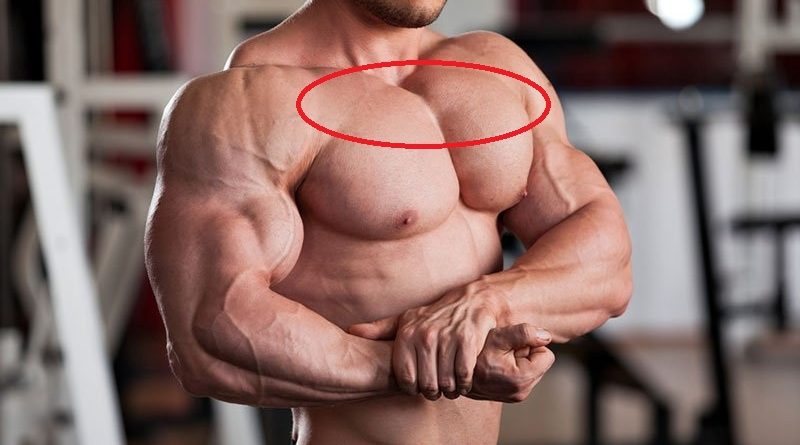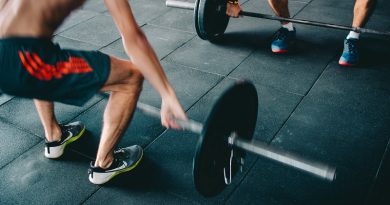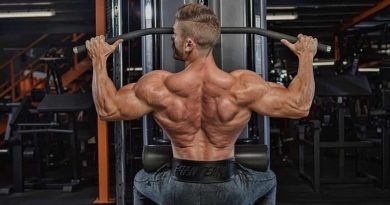5 Ways To Pump Up The Pectoral Muscles
If your training consistently includes exercises such as bench press, bench press on inclined or back inclined bench and wiring with dumbbells – you have the opportunity to load pectoral muscles in full. However, this does not mean that you will have a well-developed chest. If you are first, while you are awake and full of energy, perform mid-chest exercises, then you have much fewer forces to train the upper and lower pectoral muscles, which in the end can cause a lag in the development of these parts.
Bodybuilders who always start with a horizontal bench press usually have shortcomings in the development of the upper and lower parts of the chest, which in time becomes especially noticeable. And some simply have genetically not very developed one or another area of the breast, which forces them to double their efforts in training the lagging zones.
5 Ways To Pump Up The Pectoral Muscles
If you want to get large and strong muscles of the chest, then using these 7 ways you can correctly build your workouts and eliminate shortcomings in the development of the top of the chest.
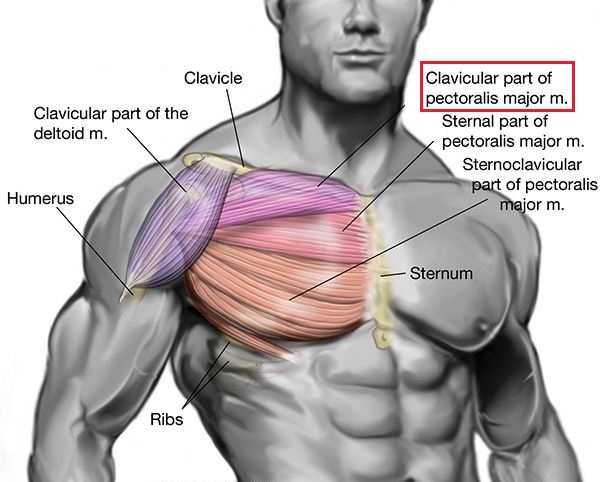
Perform the second exercise for the upper pectoral muscles
One way to focus on the lagging muscle is to do more exercises on it. However, do not use the movement that you already did in the previous exercise. Suppose you performed 3 sets of bench presses on an incline bench, which consisted of 8 reps, and now you are going to do the second exercise. Which of them is more diverse in the load on the target muscle?
Variants of the answer: A: The rod press in the Smith’s simulator, with the same angle as the first exercise, the angle of the bench and the load; B: Gimble dumbbells with a lower angle of the bench in 3 sets for 10-12 repetitions. The correct answer is option B. If you want to optimize the training approach when working with the target muscle, you must use different equipment (barbells, dumbbells, simulators, etc.), change the slopes and intensity of the exercise. Simply performing the second movement at the top of the chest will not be enough, if you do not take into account all these factors.
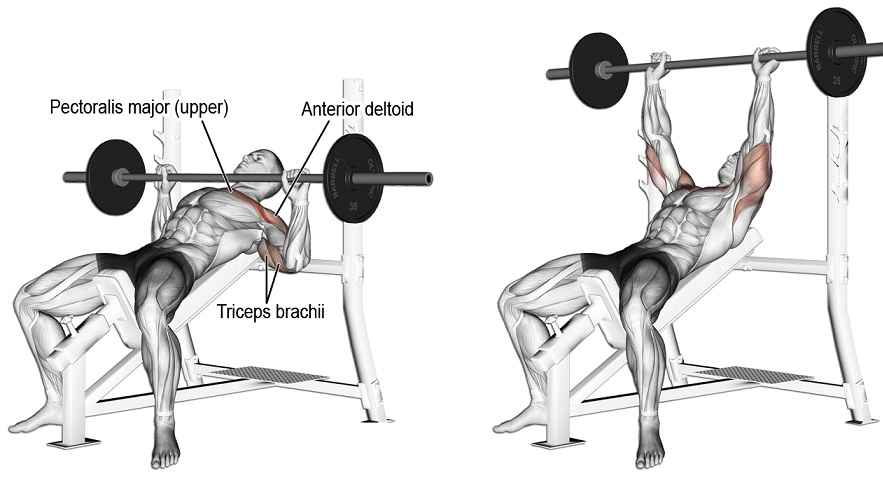
Start with the basic (multi-joint) exercise for the upper chest
The simplest and most obvious solution in order to focus attention on lagging zones is to make them a priority on the day of training. Thus, instead of starting with a bench press on a horizontal bench, use the inclined You will notice that if you do not put the exercises for the top of the chest at the end of the workout, you can perform more repetitions with heavier weights. Exerting more muscle fiber than usual, you will get additional incentives for their growth.
As you become stronger, do not be afraid to increase weight, because nothing slows down the progress more than working with the same weight and the same number of repetitions, as the muscles get used to and stop responding to the load. If you usually work in the range of 8-10 repetitions in the approach, then at the next workout do (after the warm-up) a set or two for 6-8 reps with a heavier weight. If there is a choice between a barbell or dumbbells, they will fit equally well. It is not recommended to use simulators, because it is the work with free weights that gives opportunities for maximum muscle growth.
Change the angle of inclination
With a detailed study of the inclined bench, you can notice several holes and a latch with which you can adjust the slope. Usually, the angle of the bench is 30-45 degrees. A higher angle redistributes the load from the top of the pectoral muscles to the deltas. There is no binding rule that would argue that you need to use the same angle of inclination all the time; in fact, you can better develop the upper chest, if you change it a little. An adjustable bench is best used with dumbbells or in a Smith simulator. Start using different angles of inclination – from the set to the net or from training to training – in order to differently use the target muscle fibers.
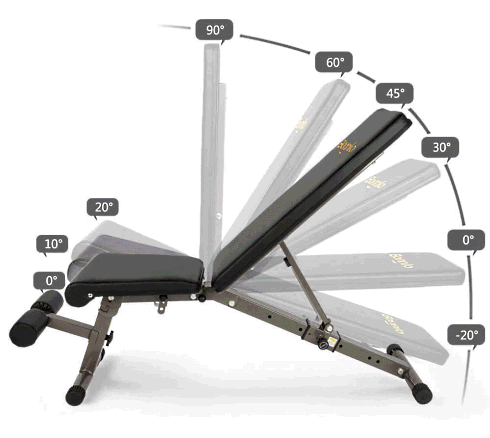
Think about the second workout for your chest
If you use a training split, in which you train a certain muscle group not more than once every 5 days, then you have the opportunity to add a second workout for the pectoral muscles. In a short period – no more than 6-8 weeks – perform an additional workout that will focus on the lagging part of the pectoral muscles. The idea is not just to repeat the previous activity, but to change the workload qualitatively with the help of new, unusual exercises and techniques. In this sense, your second training can differ not only in the choice of exercises but also in the number of repetitions, intensity, rest periods and other training factors. If you follow these principles, you can correctly organize the training process. You have to make sure that you will not train any of the “muscle” muscle groups directly one after another, which in the end will give you enough time to recover. An example of a poorly constructed split looks like this: chest – day one, shoulders and back – the second day, hands and feet – day three, chest – on the fourth day, etc.

Do not stop with muscle failure
If you want to really stimulate muscle growth, you should not be afraid of muscle failure. If you just finish the exercise after 10 repetitions, when you can perform a few more, you can assume that your working set has not been completed. With increasing load, which, by the way, should be cyclic and have periods of high and low intensity, more muscle fibers are destroyed, and those few repetitions performed after muscle failure guarantee you more muscle growth. (Caution: Continuous execution of additional repetitions can lead to overtraining). The best option is to do 1-2 repetitions of this exercise after reaching a muscle failure in the last or heaviest set.
